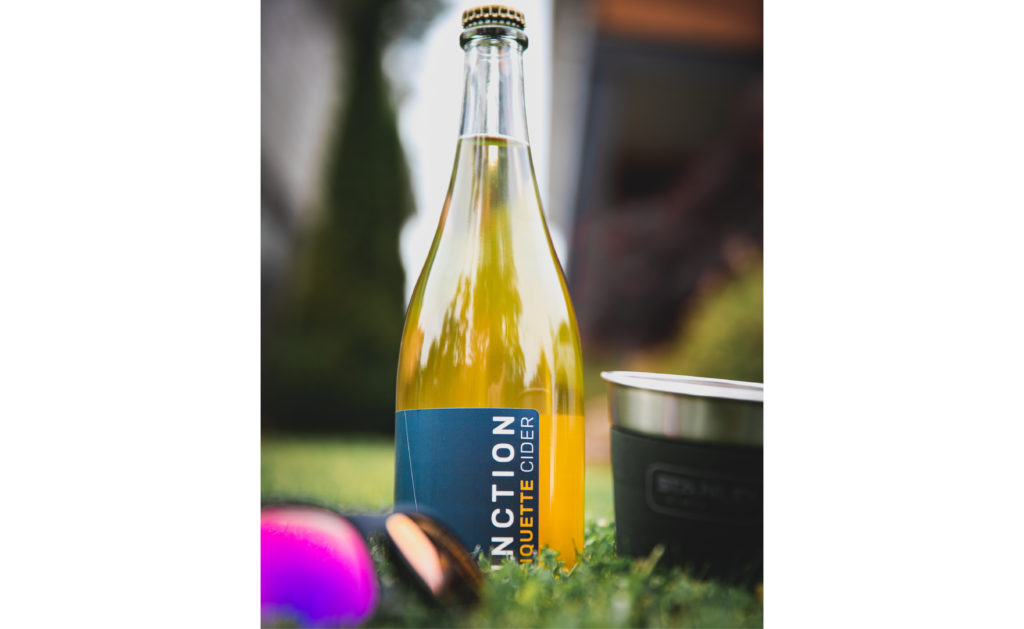by Tilar J. Mazzeo | photo by Kalen OBrien –
January is back to work in the local vineyards here on the Island, with the beginning of winter pruning and clearing the vineyard floor. I always think it’s worth explaining a bit about the lifecycle of the vineyard and the cellars, because it will help you appreciate the wine in your glass.
Harvest was later than usual on the Saanich Peninsula this autumn, a combination of the slow start to the spring and long, dry period into October. In the cellars, October and November are a whirl, because there’s a lot of work that goes into seeing a wine safely through fermentation. December is the peak sales season and, of course, the holidays.
January and into February are when we put the vineyards to bed and – a relief at this time of the year – start to look forward to spring. As you’re driving along the backroads of the Peninsula this month, you’ll begin to see a solitary figure or two slowly working their way along the rows and often some wisps of smoke.
Grapes bear fruit on second-year wood, so pruning requires some skill; get it wrong, and there’s the potential to lose the year’s crop. A lot of wood is removed each year, and leaving it on the vineyard floor creates a disease pressure so the cuttings are often burned, returning potash to the soil. Each year when we’re pruning at the farm, we are sure though to save some of the vine cuttings. In France these bundles of grape vines are known as sarments and sold on the roadsides, because grape wood is fabulous for summer grilling. The Spanish call cooking in this style sarmiento. Grape wood lends a sweet, smoky note. Many vineyard owners (us here at Bannockburn Farm included) are happy to give you an armful if you ask while the crews are out cutting, and you can spend a happy hour researching some traditional recipes online.
Finally, as we start to come out of darkness now with the winter solstice behind us, another wine tradition that drinks, for me, like a bit of early springtime: piquette. Although the history and production methods are different, I always think of piquette as a close cousin of vinho verde, the gently sparkling Portuguese “green” (as in “young”) wine with the famously reasonable price point.
Piquette, an old farmer’s tradition in France, is made in the fall by rehydrating the grapes after pressing to extract the last sugars, and the light, low-alcohol wine that results is bottled partway through the fermentation resulting in a “prickle” of fizz. Winter is the time of year when piquette starts to get released, and, a little bit like those first green shoots coming out of the earth, it’s a reminder that we’ve turned the corner and spring is coming.
On the Island, Averill Creek is leading the way in piquette production, and they currently have a limited release, shipping to B.C. residents only, of a great little piquette in cans (www.averillcreek.ca/store/p/piquette). Averill Creek also did a fun collaboration with Junction Orchard and Cidery in Victoria where you can try a cider-wine piquette blend (www.junctionvictoria.com/collections/all-cider/products/piquette). If you haven’t discovered Junction yet, they focus on fruit from the Saanich Peninsula and have a family-friend tasting room open on weekends throughout the winter. Both these piquettes clock in at about 5% ABV, so piquette is also a great choice if you’re looking, maybe, for a semi-dry January.




